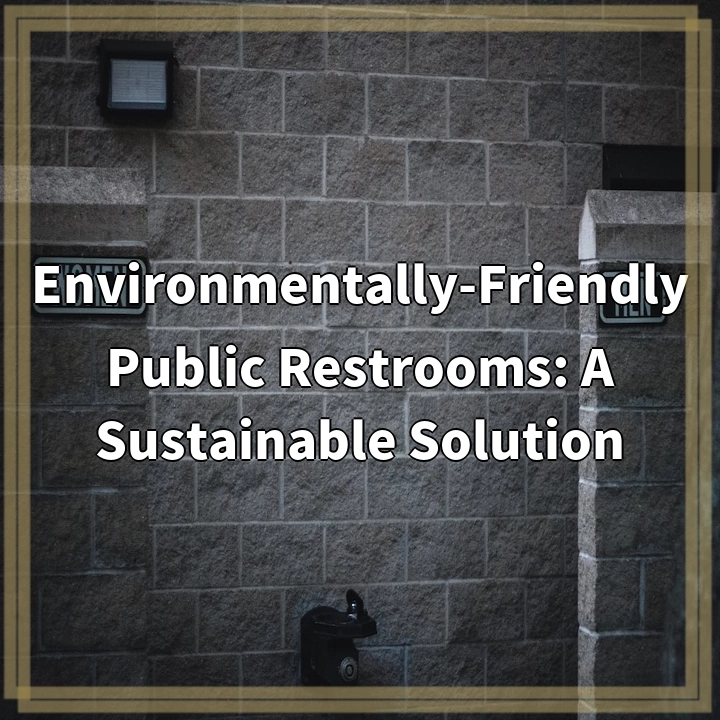
What is Sustainable Winemaking?
Sustainable winemaking is an approach to producing wine that prioritizes the health and well-being of the environment, the people involved in the process, and the long-term viability of the wine industry. It involves implementing practices that minimize negative impacts on the environment, conserve resources, and support the local communities.
Real-World Problems Associated with Sustainable Winemaking
Despite the positive intentions and efforts towards sustainable winemaking, there are several challenges and obstacles that winemakers face in implementing and maintaining sustainable practices. These include:
1. Climate Change
The wine industry is highly sensitive to climate change, as grapevines are affected by alterations in temperature and rainfall patterns. Rising temperatures and unpredictable weather events pose challenges for grape cultivation, leading to changes in wine quality and production. Sustainable winemakers need to adapt to these changes and find innovative solutions to mitigate the impacts of climate change.
2. Soil Health and Erosion
Protecting soil health is crucial for sustainable winemaking. However, modern agricultural practices, including the use of pesticides and synthetic fertilizers, can degrade soil quality and contribute to erosion. Sustainable winemakers strive to adopt practices such as organic farming, cover cropping, and soil conservation techniques to maintain soil health and prevent erosion.
3. Water Usage and Conservation
Water scarcity and inefficient water management are pressing challenges in winemaking regions worldwide. Vineyards require substantial amounts of water, and unsustainable water practices can deplete local water sources and harm aquatic ecosystems. Sustainable winemakers focus on reducing water consumption through techniques like precision irrigation, rainwater harvesting, and wastewater recycling.
4. Biodiversity Loss and Pest Management
Pesticides and monoculture vineyards can contribute to the loss of biodiversity and disrupt natural ecosystems. Sustainable winemakers employ integrated pest management strategies that minimize the use of chemicals and encourage the presence of beneficial insects and native plants. They also adopt biodiversity conservation practices, such as planting cover crops and creating wildlife corridors, to support a more balanced and resilient ecosystem.
5. Packaging and Carbon Footprint
The wine industry faces challenges in reducing its carbon footprint and finding sustainable packaging alternatives. Glass bottles and transportation contribute to greenhouse gas emissions and energy consumption. Sustainable winemakers explore options like lightweight bottle designs, use of recycled materials, and eco-friendly shipping methods to minimize their overall environmental impact.

Solutions for Sustainable Winemaking
Sustainable winemakers are actively implementing various solutions to address the real-world problems associated with their practices. Here are some key solutions being adopted:
1. Climate Change Adaptation
Winemakers are implementing strategies such as changing grape varieties, adjusting vineyard management techniques, and utilizing technology to monitor and respond to climate variations. This includes improved irrigation methods, shade management, and soil moisture monitoring to ensure optimal grape growth and wine quality even in a changing climate.
2. Organic and Regenerative Farming Practices
By adopting organic farming practices, sustainable winemakers can avoid the use of synthetic chemicals and minimize soil erosion. They focus on enhancing soil health through practices like composting, cover cropping, and biodiversity promotion. Regenerative farming takes it a step further by aiming to restore ecosystem functions and enhance soil carbon sequestration.
3. Water Conservation and Efficiency
Sustainable winemaking practices include precise irrigation systems, water recycling, and the capture of rainwater. Wineries are also exploring water-efficient technologies and techniques like mulching and dry farming, which reduce water dependency and promote water conservation in vineyards.
4. Integrated Pest Management and Biodiversity Conservation
To reduce pesticide usage and protect biodiversity, winemakers employ integrated pest management strategies. This involves monitoring pest populations, using natural predators, and implementing cultural practices to prevent infestations. Wineries are also creating wildlife habitats within their vineyards, planting native plants, and implementing conservation measures to support biodiversity and ecological balance.
5. Sustainable Packaging and Carbon Footprint Reduction
Winemakers are increasingly exploring sustainable packaging options, such as lightweight bottles made from recycled glass, or alternative packaging like bag-in-box or kegs. They are also implementing carbon footprint reduction strategies through energy-efficient practices, renewable energy installations, and optimizing transportation logistics to minimize emissions.















